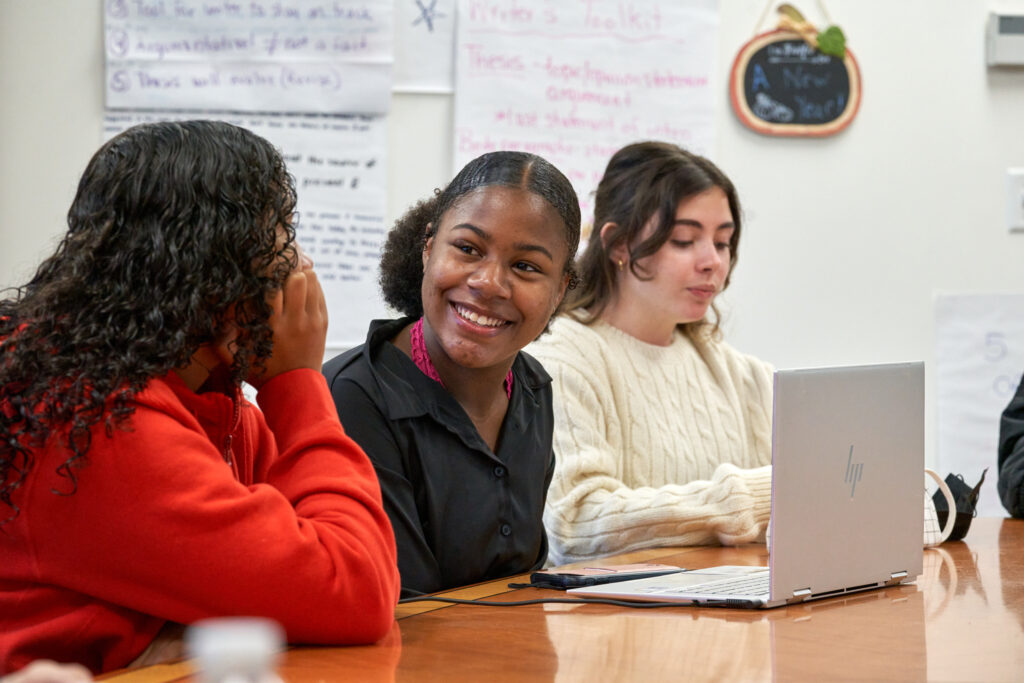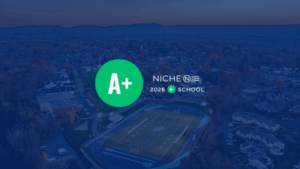Cheshire Academy teachers are lifelong learners and experts in their fields. We asked them to share their thoughts and scholarship on vital issues in education.
George Aiello is academic technology coordinator and librarian at Cheshire Academy, having held similar positions in schools in Hong Kong, Paraguay, and Singapore. Before making the career change to education, he worked in sports and entertainment marketing and communications. He holds an MBA from Florida Atlantic University and a Master of Library & Information Science from Valdosta State University, where he will begin studies for his Ed.D. in June 2025.
Smart tips for making new technology a benefit for both students and teachers
By George Aiello, Academic Technology Coordinator
For most educators, ChatGPT and the concept of generative Artificial Intelligence (AI) began registering on radars sometime around the Spring of 2023. As more and more educators and administrators began to contemplate and understand the many possible implications of AI in education, what could only be described as a slow panic began to take root across the industry. It was a combination of generative AI being something most of us didn’t really understand, and the fact that no one had any real plan in place for how we could best handle and guide its use by students. However, I attended several meaningful professional development sessions on AI early on and I confirmed that all schools across the board were in the very same situation.
Even before I officially took on the role of academic technology coordinator, I was tasked with better understanding generative AI. I was also asked to help to create and give a presentation for faculty that broke AI down to basics and I think it helped to calm some of the worries we were having regarding AI. The biggest takeaway from that presentation was that AI was yet another meaningful advance in technology and that it wasn’t going to just go away. We would need to educate ourselves on it while setting and learning best practice uses for both teachers and students.
Since the Spring of 2023, AI has begun to revolutionize education in ways that are actually beneficial for students and teachers alike. Among these, ChatGPT and other generative AI models have emerged as powerful tools that can enhance learning experiences and streamline teaching practices. With careful integration and the right guidelines, AI has the potential to become an invaluable resource in the classroom, especially for high school teachers and students. We have come a long way in determining how AI can be a benefit to education and defining some best practices for effectively using these technologies.
Benefits of AI for Students
For students, generative AI tools like ChatGPT offer several significant advantages. First, they provide immediate access to information and assistance. AI can answer questions, explain difficult concepts, and even help students brainstorm ideas for essays or projects, fostering greater self-directed learning. This can be particularly helpful for students who need additional support outside of school hours, enabling them to continue their studies independently.
AI can also act as a personalized tutor. By asking AI questions, students can get individualized responses tailored to their specific needs and learning levels. This personalized approach can help students learn at their own pace, whether they are struggling or looking for more advanced material. Additionally, AI tools can support language learning, as students can practice new vocabulary, request feedback on their writing, or even converse in other languages with AI to improve fluency.
AI Benefits for Teachers
AI is not going to replace teachers, their individuality and knowledge, nor will it impact the necessity of relationship building and the creation of a welcoming, inclusive classroom environment. However, teachers can also benefit from integrating AI in the classroom. One of the biggest challenges teachers face is the high demand for personalized feedback and assistance for every student. AI can help by providing quick assessments, generating quizzes, and even improving lesson plans or providing additional teaching materials. When used appropriately, this allows teachers to focus more of their time on direct student engagement and less on administrative tasks.
AI can also help to support differentiated instruction. High school classrooms often have students with high variations in levels of proficiency, and it can be difficult for one teacher to successfully accommodate every student’s needs. By using AI tools, teachers can more effectively create customized assignments or resources for each learning level, enabling all students to progress at their own pace. Additionally, AI can assist teachers in evaluating student work by quickly providing feedback on grammar, structure, or argumentation, which can speed up the grading process for assignments that require writing or analysis.
Best Practices for Using Generative AI in the Classroom
To ensure that AI tools are used effectively, educators should implement best practices that focus on ethical and constructive use.
- Set Clear Guidelines for Use: We should establish clear boundaries around when and how AI can be used. We have started to address this with our Traffic Light Policy. For instance, students could be encouraged to use AI for brainstorming and introductory research, but required to complete other parts of the assignments independently. Creating these guidelines on ethical AI use assists students in developing their critical thinking and helps to ensure they don’t become overly reliant on technology. This can best be accomplished by breaking assignments down into smaller parts or stages whenever possible and allowing use during only the parts or stages that make the most sense.
- Encourage Critical Evaluation: AI-generated responses are helpful, but they are certainly not infallible. Teachers should encourage students to fact-check and critically evaluate the information AI provides, teaching them to use AI as a supplement rather than a definitive source of knowledge.
- Use AI to Enhance, Not Replace: We should aim to use AI to augment traditional teaching methods. AI can be a supportive tool for discussion prompts, debate preparation, or collaborative projects, but it should not replace direct instruction or personalized teaching, especially in subjects where nuanced understanding is essential.
- Provide Training and Resources: One of the most flawed assumptions is that all students just inherently understand technology because they grew up with it. The actual truth is that not all students are equally tech-savvy. We need to offer guidance on how to effectively use AI, including practical sessions on asking questions (called prompt engineering), evaluating answers, and synthesizing AI responses with their own ideas. I am always happy and excited to assist with any of this.
AI tools definitely do offer exciting possibilities for transforming education in our classrooms. They can allow our students to take control of their learning, provide teachers with valuable support and open the door for us to provide better personalized instruction. We can’t just ignore the issues associated with AI, of course. The benefits of AI can only be realized with our thoughtful application and clear guidelines. This means that by embracing AI responsibly and authentically, we can make our classrooms more dynamic, inclusive, and effective for all learners.





